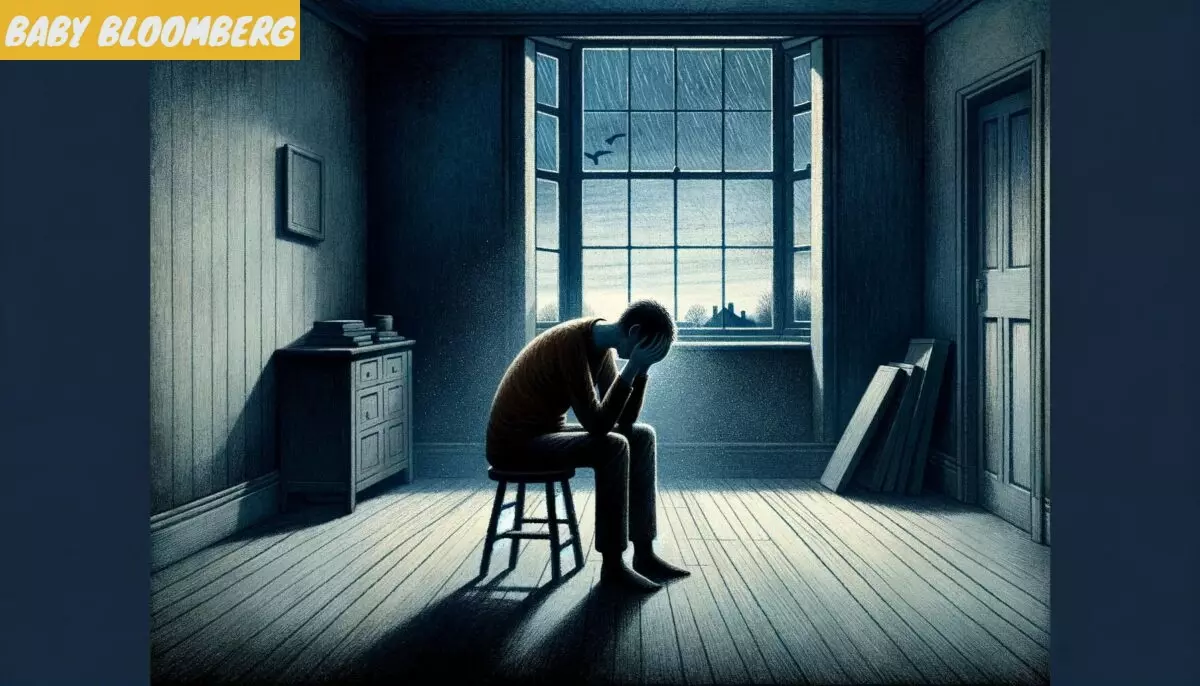Unlocking the power of language in young children is a vital aspect of their development. Communication skills not only help them express their needs and emotions but also lay the foundation for future success in school. Surprisingly, research suggests that by closely observing children’s gestures between 9 and 16 months, one can predict their language abilities two years later.
In this article, we delve into the significance of gestures in language acquisition, explore the milestones children should reach by 16 months, and provide guidance on how parents can support their child’s communication skills during their early years.
The Importance of Communication Development in Young Children
Effective communication is crucial for young children to navigate their world and establish social connections. Language development begins long before a child utters their first word. Researchers have found that early gestures can serve as precursors to spoken language and offer valuable insights into a child’s communication abilities.
Predicting Language Abilities through Gestures
Studies have indicated that a child’s gestures between 9 and 16 months can provide valuable clues about their future language capabilities. Research has shown that children who exhibit a rich repertoire of gestures during this period tend to have more advanced language skills two years later. These gestures act as building blocks, paving the way for verbal communication as the child grows.
16 Essential Gestures by 16 Months
By the age of 16 months, children should ideally demonstrate at least 16 important gestures. These gestures include:
- Pointing
- Waving goodbye
- Blowing kisses
- Clapping hands
- Shaking the head for “no”
- Nodding for “yes”
- Reaching for objects
- Showing objects to others
- Imitating actions
- Playing peek-a-boo
- Patting their tummy
- Covering their eyes
- Shrugging shoulders
- Showing affection
- Opening arms to be picked up
- Showing objects they want
However, it is important to note that every child develops at their own pace, so flexibility is key when observing these milestones.
Early Detection of Communication Delays
Recognizing communication delays in young children is critical. By closely observing and tracking their gesture development, parents and caregivers can identify any potential red flags early on. Seeking professional advice and intervention at the earliest signs of a delay can prevent the development of behavior problems and facilitate smoother social interactions for the child.
Supporting Your Child’s Communication Skills
Parents can play an active role in fostering their child’s communication skills. Here are some strategies to support your child’s language development:
- Respond to Gestures: When your child communicates through gestures, acknowledge and respond to them. This encourages further communication and builds their understanding that gestures have meaning.
- Use Gestures Yourself: Incorporate gestures into your own communication with your child. By modeling gestures, you provide them with examples and give them opportunities to imitate and learn.
- Encourage Imitation: Encourage your child to imitate your gestures. This helps them learn new gestures, develop motor skills, and reinforces the connection between gestures and words.
- Provide a Language-Rich Environment: Surround your child with a variety of sounds, words, and gestures. Engage them in conversations, read books together, and sing songs that incorporate gestures.
- Seek Professional Guidance if Concerned: If you notice persistent delays or concerns regarding your child’s communication development, consult a pediatrician or a speech-language pathologist. They can provide valuable advice, assessments, and therapeutic interventions if necessary.
Conclusion
Unlocking the potential of language acquisition in young children begins with understanding the significance of gestures in their communication development. By observing and supporting their gesture repertoire between 9 and 16 months, parents can predict and promote future language abilities. Early detection of communication delays and proactive intervention play fundamental roles in ensuring a child’s overall development and future success in school.
Therefore, embrace the milestones, support your child’s communication skills, and embark on this exciting journey towards unlocking their language potential.
Discover the Fascinating World of 16 Gestures by 16 Months!
Did you know that the development of gestures from 9 to 16 months can actually predict a child’s language ability two years later? This is a significant finding from research with young children. Communication development is crucial during the first year of life, as it helps children connect, learn language and play concepts, and even sets the stage for future success in school. By observing children’s early gestures, you can gain insight into their communication development.
It’s important to note that by 16 months, children should have at least 16 gestures. Detecting any delays in these milestone gestures can help prevent potential problems later on. So, don’t miss out on this amazing journey of gesture development!











